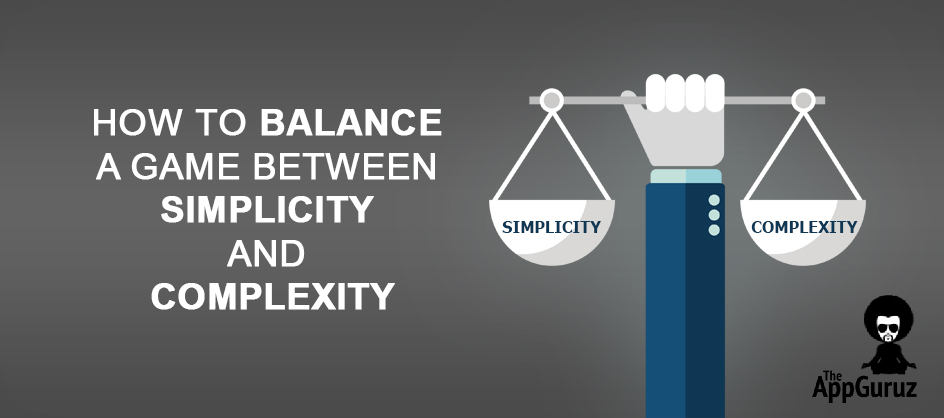Objective
The main objective of this post is to discuss balancing simplicity and complexity of games and how can it can be achieved.
Step 1 The need to balance a game
Dozens of movies get released every year in the US. They belong to every genre that you can think of: Comedy, Thrillers, Action, Romance, But not all movies make truckloads of money.
Not all movies are loved the world over. For instance, Wiki says Jurassic World grossed $208.8 million domestically in its opening weekend, making it the biggest domestic opening weekend of all time.
Now it’s not that people saw dinosaurs on screen for the first time (this movie itself is the fourth instalment of the Jurassic Park franchise). There are umpteen other clones too.
Many movies in the same genre have lovely graphics, great action, beautiful photography and so on. So what makes the Jurassic Park franchise stand out and remain insanely successful?
If it could be put in one single word, the word would be: balance.
The franchise has somehow mastered (or come close to mastering) the art of balancing various aspects of a great film. It balances wit and grave dialogues, it balances the right scare-effects (scary and normal situations keep alternating throughout the movie), balances between musical score increasing in pitch during conflicts and then suddenly going silent to super-emphasize the impact of the situation.
In short, the movie does almost everything in balance.
The same idea can be extended to the gaming world. And that’s what I’d like to share with you today.
Let’s start by comparing two hugely successful games: Call of Duty and Candy Crush.
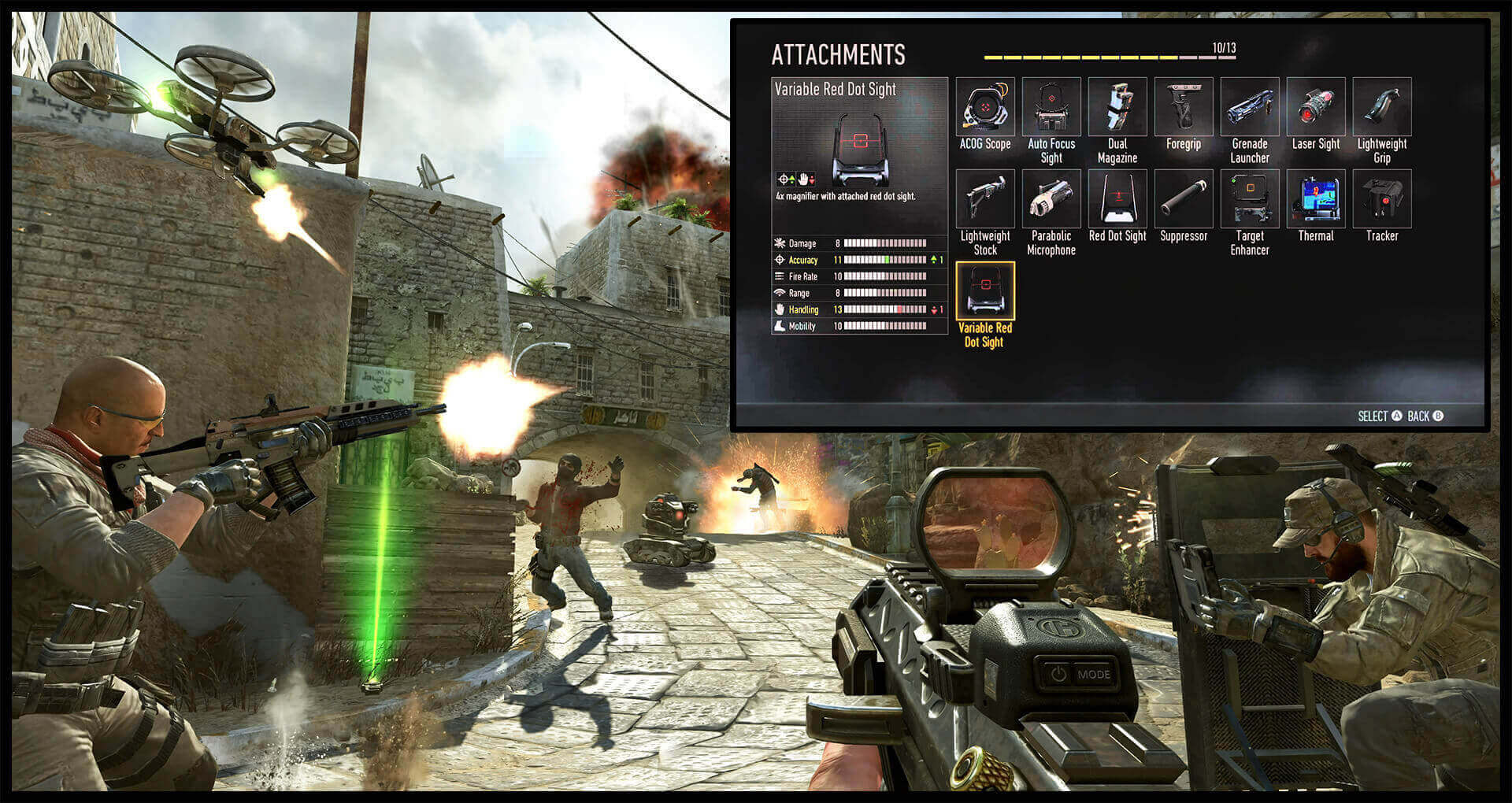
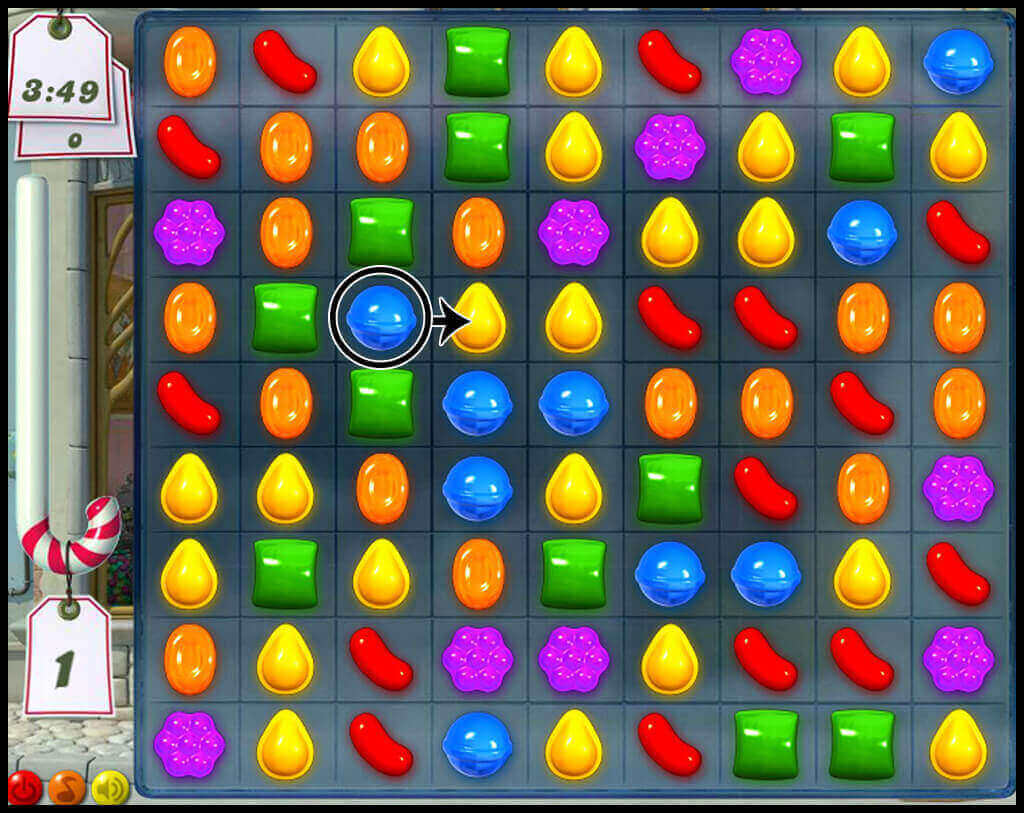
If you ignore the aspect of winning or scoring, you will agree that at a fundamental level, Candy Crush is a lot easier to start and understand. Even when you cross a level, say level #123, the difficulty of gameplay itself does not change; it’s just that scoring won’t be as easy.
On the other hand, while the basic premise of Call of Duty ("kill enemies") may be simple enough, playing the game takes a lot more understanding in terms of handling weapons, choosing targets, using the right resources and so on. That’s not to say it’s too complicated to be enjoyed; it’s just that it belongs to a different category.
Yet both games are very, very successful.
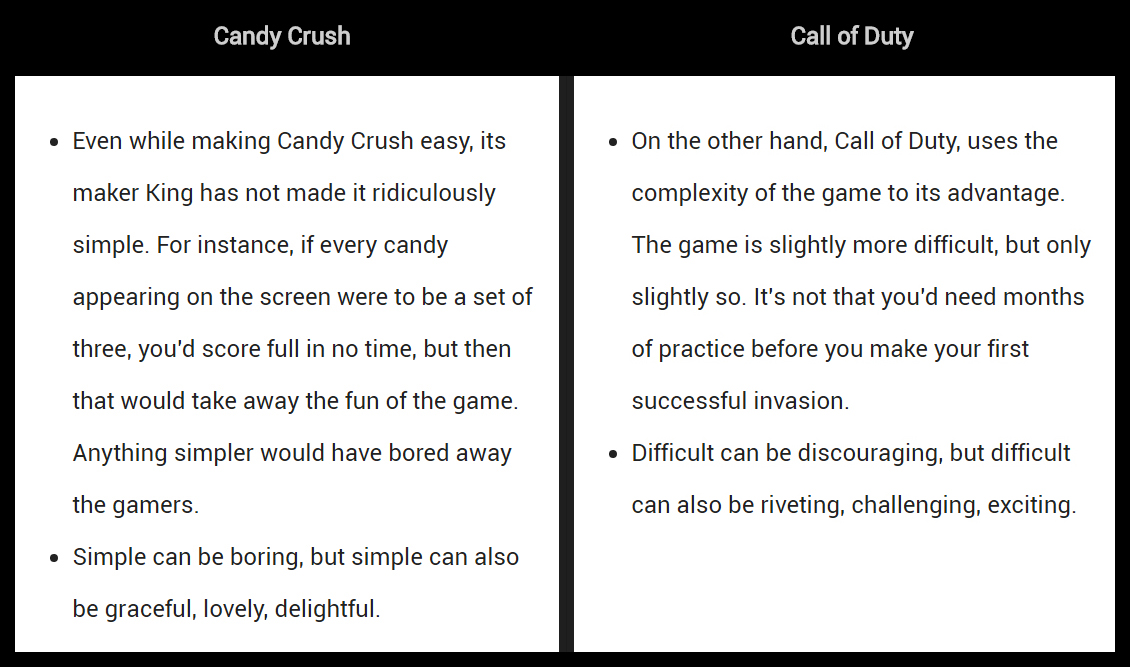
That’s because the underlying principle in both the games is very much the same.
So, the common underlying principle is that Candy Crush uses the right amount of simplicity, while Call of Duty uses the right amount of complexity.
Jesse Schell, in his celebrated book The Art of Game Design, says games need to use "Good Simplicity" and "Good Complexity".
Step 2 Classification of complexity
In his celebrated book The Art of Game Design Jesse Schell, classifies complexity in 2 part.
2.1 Innate Complexity
Innate (as in inner) Complexity is when the game itself is difficult to play and the rules are many. If you keep too many rules , then early in the game the gamer will reach a point when she gets a feeling "Hey! You didn’t mention this before!"
That’s because, the gamer can’t / doesn’t want to remember too many rules.This can be potentially frustrating and get the game a bad name.
So when is this Innate Complexity mostly likely to happen?
When the designer tries to replicate a real-life situation too faithfully, the game will need to take care of too many variables.
In games like Subway Surfer, for instance, if the designer starts taking ideas of physics like friction, centrifugal and centripetal forces, wearing away of surfaces etc. too seriously, it’d be too difficult a game to play (except, perhaps, for the physicists!).
The designer, therefore, needs to restrict the extent to which the game uses the elements of reality. There’s a nice analogy to remember: A perfect map can never exist.
For a map to be perfect and accurate, down the last pebble, it needs to be of the exact size of the location. That way, the map of Manhattan needs to be of the size of Manhattan itself, which is both impossible to make and certainly not easy to carry!
2.2 Emergent Complexity
The second type of difficulty Schell mentions is Emergent complexity. This kind of difficulty is not present when the gamer begins playing your game, but it emerges along the way.
This sort of difficulty has more to do with posing better and more exciting challenges to the gamer than anything else.
Clash Royale keeps coming up with various cards that carry a variety of capacity and keep the gamer engaged.
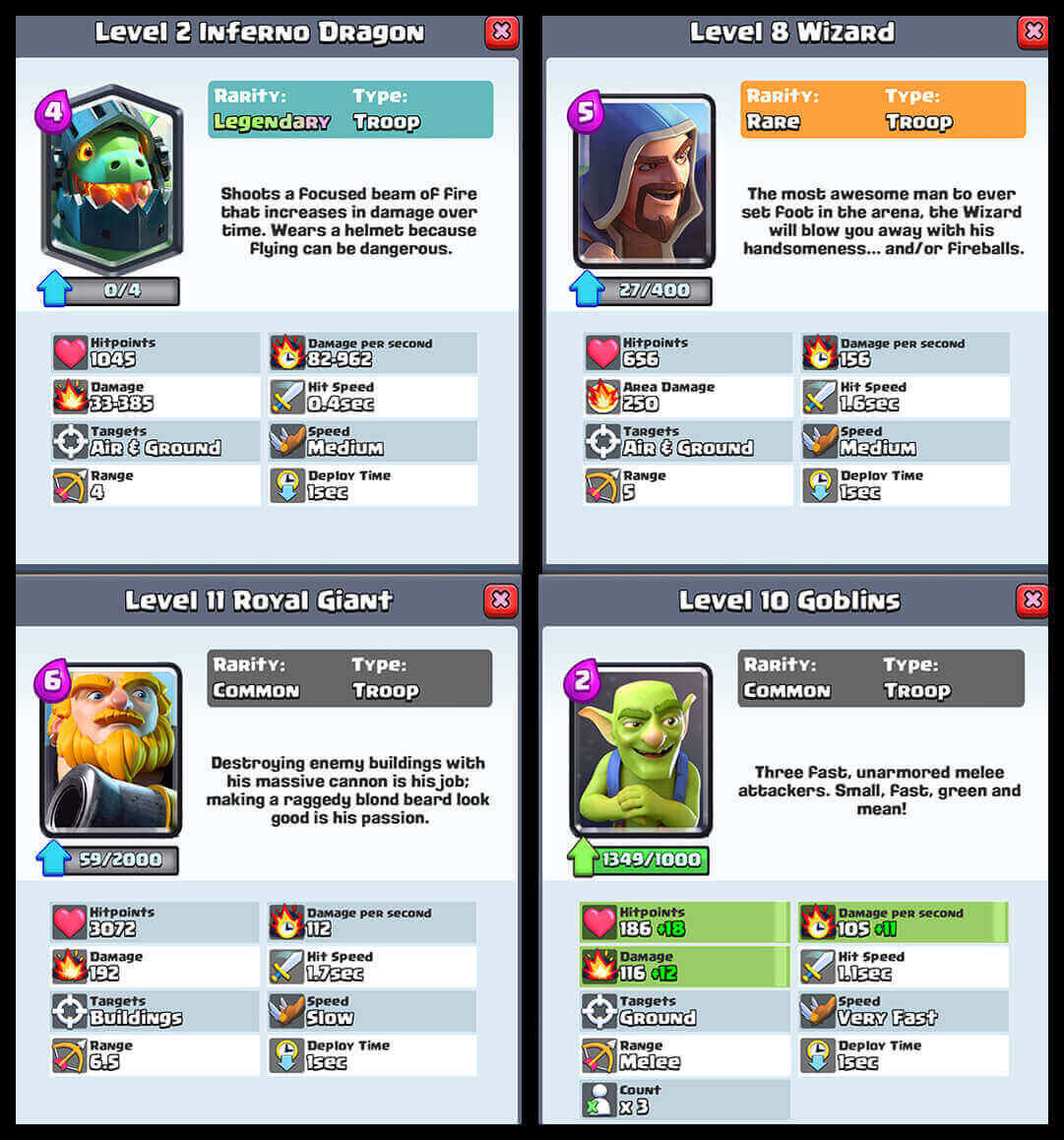
Color Switch keeps coming up with a variety of color combos as you go from one level to the other.
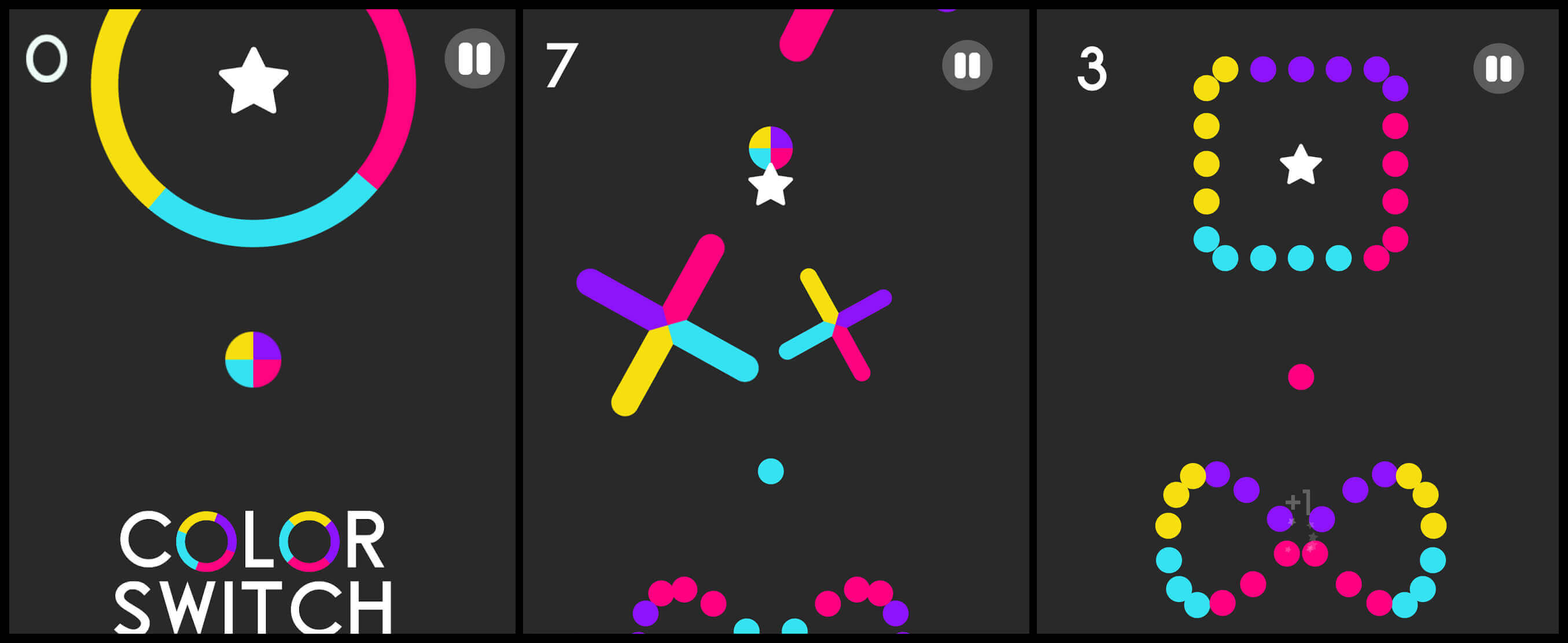
It is said, and perhaps rightly so, that a game should be easy to play but difficult to master. Successful games offer a simple premise to start with, so the gamer starts playing from the bottom of the pyramid.
As the gamer meets success, the game ups its level, making the challenge a little more interesting every time.
It’s best, therefore, to keep the innate complexity of the game low while you have a huge range for the emergent complexity.
That way people will experience the increasingly level of difficulty in an engaging way - reminds me of my friend Parry who has cleared well over 450 levels in Candy Crush, and hasn’t given up yet.
However, it’s not always desirable to throw away innate complexity altogether. Games that rely on real-life simulations, or even the sci-fi genre, have no option but to retain a certain degree of innate complexity.
A inter-galactic battle would look silly if there was just a 0.45 automatic to fire from!
80/20 Pareto Principle
Some designers advocate balancing the emergent and innate complexity like the 80/20 Pareto principle. Keep the innate complexity to a certain minimum and let the emergent complexity keep evolving!
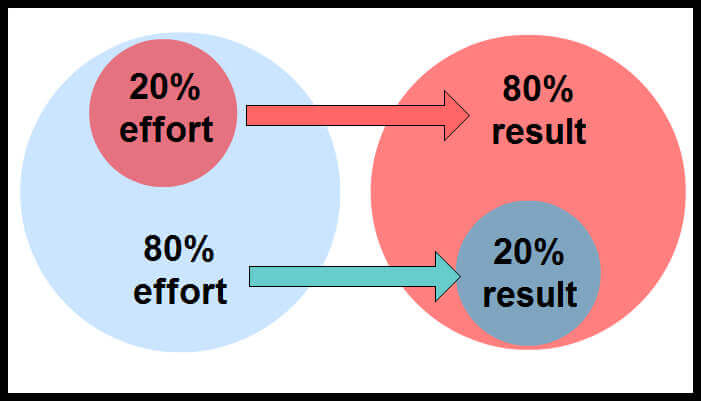
That brings us to the point: How can you bring about balance of simplicity and complexity in your game?
Step 3 Three Dimensions of balancing the game
To balance of simplicity and complexity in your game. Let’s take up three dimensions on doing that.
3.1 Let the complexity grow organically
It is tempting to twist or add rules as the game progresses, but it might not be a good idea.
Let’s say you’re designing a game wherein the gamer has to race through the waters of a mythical ocean, while fighting off various sharks and whales and sea-monsters.
At the beginning of the game (say Level 1), the gamer was given a special all in one boat that could travel both over and underwater (like a submarine). The gamer excitedly uses it and reaches Level 4.
Suddenly the game says the boat will not be able travel underwater any more.
That’s both frustrating and unfair. I mean, why penalize the gamer who’s won till now and reached the Level 4? Sudden changes in rules is unfair.
This is in sharp contrast to what we said was organic growth. If a boat can travel underwater, it will travel underwater no matter what.
On the other hand, here’s a short list of tools for increasing the complexity organically, as the player goes from one level to the next:
- Newer types of monsters come-up
- Some monsters need to be hit twice before they can be killed
- There could be whirlpools that could suck your boat.
- Sudden patches of muddy water that could consume more fuel to cross
- Changes in weather that would reduce visibility
- Whales bite into your oxygen cylinders, severely restricting your ability to travel underwater
- Free-floating icebergs that can destroy your boat or affect its maneuverability.
As can be seen, the complexity is heightened by bringing in more challenges, more excitement, more surprise without changing the basic premise.
3.2 Introduce twists that require better key-pad skills
You can’t change the rules, but you can certainly change the controls :)
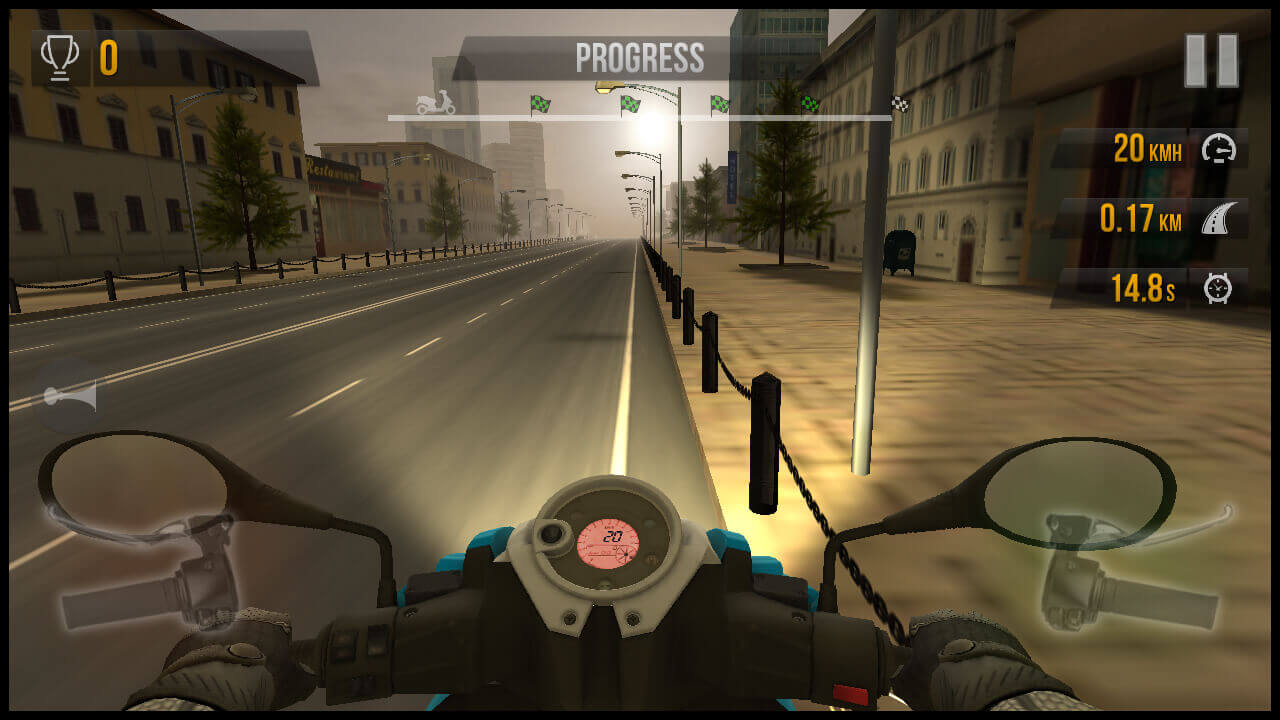
The above is a screenshot of the popular game Traffic Rider.
The controls are simple:
- The grip on your right is the accelerator mechanism (throttle; used to control speed), while the grip on your left is used to activate the braking mechanism. Simple.
As the level progresses, say on Level 9, you add a bit of twist to this.
Switch the controls:
- Now the throttle goes on your left side and the braking mechanism on your right side. (Of course, not without a message that you’re switching controls!)
The gamer, who’s so used to use her left hand to brake and the right to control speed, will suddenly be stumped. She will take some time getting used to it; who knows, she might even crash!
But one thing’s sure: with the changed controls, she has got to pay a lot more attention. The very fear that she might crash any time pumps up her adrenalin (that body hormone which triggers waves of excitement in the human body). Which makes it quite exciting, quite engaging.
Notice that you aren’t changing anything fundamental; you’re just switching controls. No powers or skills have been withdrawn. And yet the player feels a new level of excitement.
3.3 Ask meaningful questions
Deciding the level of complexity is the most difficult type of question one would need to answer. So when you design your next game, or are reviewing one that you’ve already designed.
You may want to ask yourself these three questions:
- Is my game too simple or too complex?
- Is the complexity of my game exciting the gamer or actually keeping her from playing the game?
- What stages of my game can I further introduce emergent complexity that will heighten the gamer’s engagements?
I am sure you will find asking and discussing these questions rewarding. Don’t forget to comment below.
Till then, have a good game!

An entrepreneur who has founded 2 flourishing software firms in 7 years, Tejas is keen to understand everything about gaming - from the business dynamics to awesome designs to gamer psychology. As the founder-CEO of a company that has released some very successful games, he knows a thing or two about gaming. He shares his knowledge through blogs and talks that he gets invited to.
